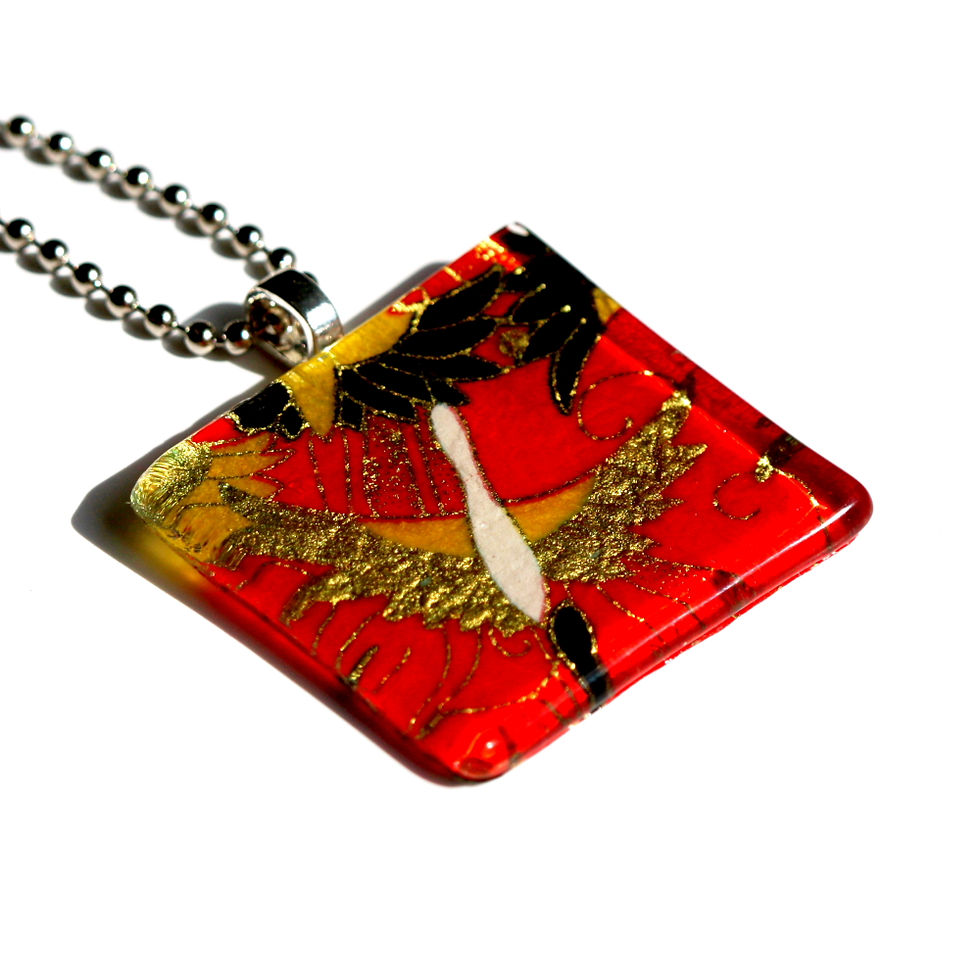
Japanese Earth Friendly studio by a Certified Kimono Consultant, Kimono Model/Photographer, Edo Tsumami Kanzashi Artisan, and Shinto Priestess.






























































ORIGAMI
The word “Origami” is constructed of two words. “Ori” meaning “to fold,” and “Gami” meaning “paper.” Origami is a well-respected art form in which paper folding techniques are used to create animals, plants or daily tools.
In most cases, only one piece of square paper is used to fold Origami, but there are many more advanced techniques which require two or more sheets of paper and scissors. The most popular Japanese Origami pieces are the crane, balloon, airplane, Kabuto (armor), and Shuriken.
CHIYOGAMI
There are many different types of origami paper available today; one is "Chiyo (a very long period)-gami (paper)." Chiyo-gami paper was traditionally created by hand with the highest quality Japanese paper, and also hand dyed by woodblock print, one color at a time, just like Kimono fabric. It took several days to produce one paper and about five years to become a Chiyo-gami master.
Chiyo-gami was a luxury only enjoyed by members of the Imperial Palace or used for calligraphy by the Japanese upper class. Ordinary citizens were not able to afford Chiyo-gami until after the Edo period when Chiyo-gami spread from Kyoto to Edo (Tokyo). It began to be sold by artists who created colorful woodcut prints called Nishiki, who applied their more efficient printing techniques to create a more affordable Chiyo-gami.
CHOUJU-GIGA
Chouju Giga, the oldest Manga in Japan, is a national treasure scroll at the Kouzan-ji temple in Kyoto. The scroll consists of 4 volumes, Kou, Otsu, Hei, and Chou. Today, Kou and Hei can be found at the Tokyo national museum, while Otsu and Chou are displayed at the national museum in Koyoto.
Although unproven, it is said that Chouju Giga was painted by Tobasoujo-kakuyu as well as several unknown painters during the 12th to 13th century. It is thought that priests painted the heartwarming collective of sorrowful social conditions represented in the satiric caricatures of Chouju Giga. The most popular volume is Otsu which displays personification of rabbits, frogs, and monkeys.